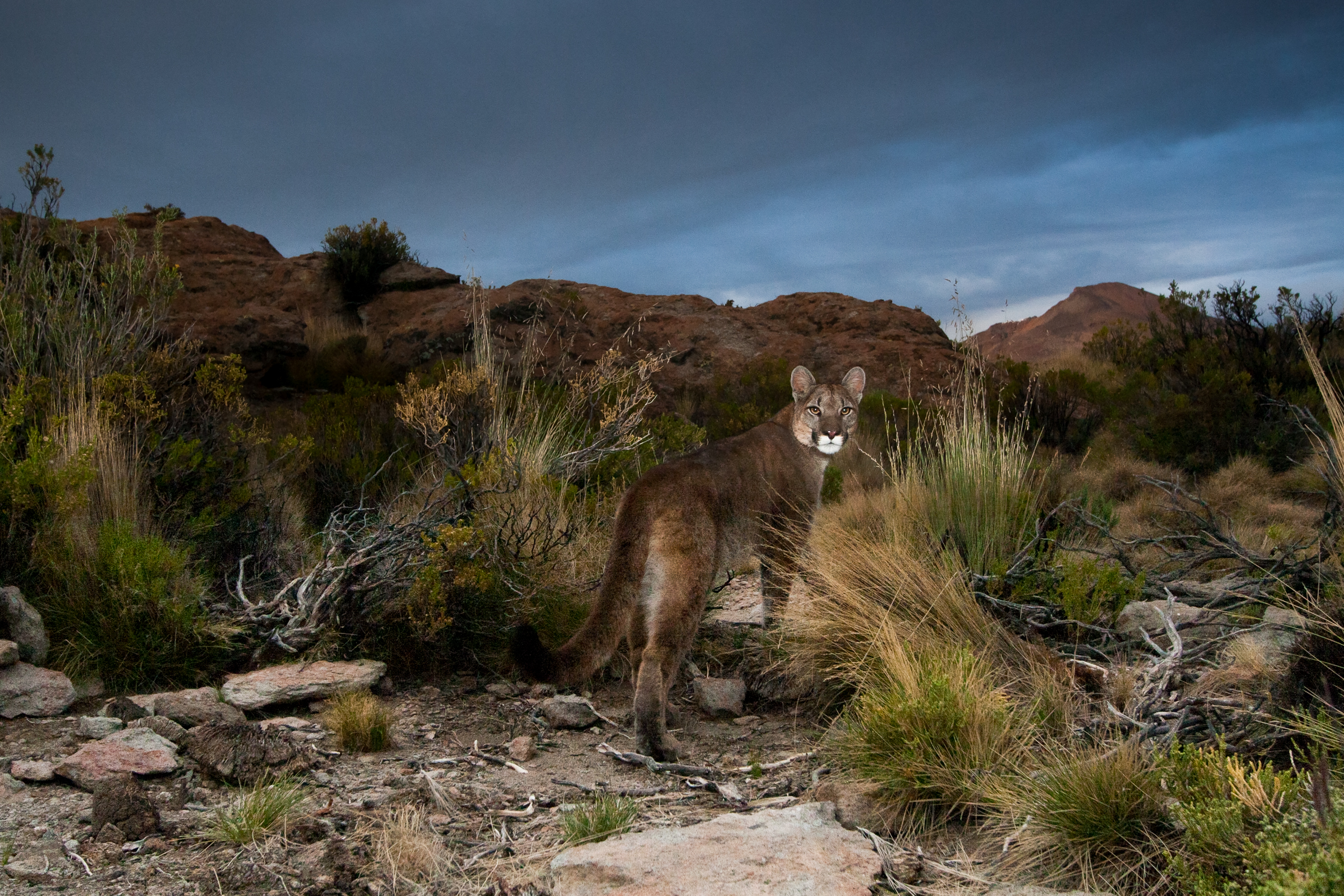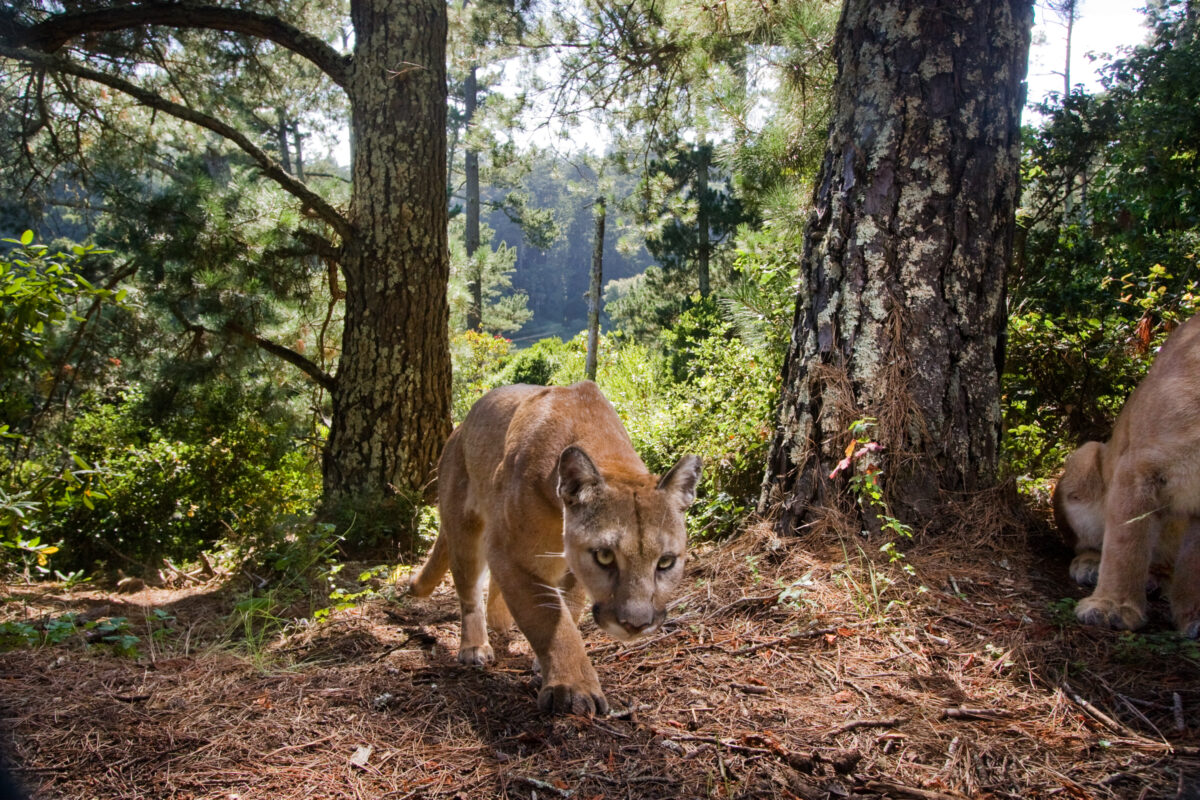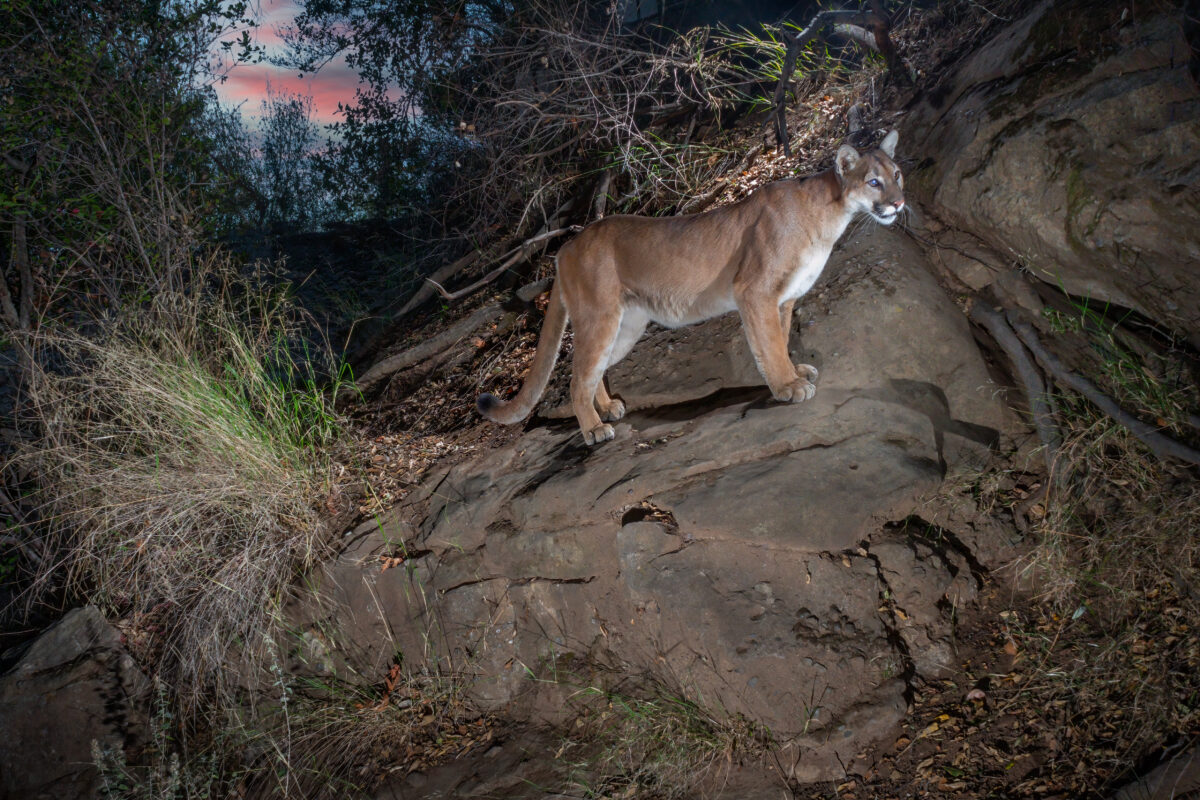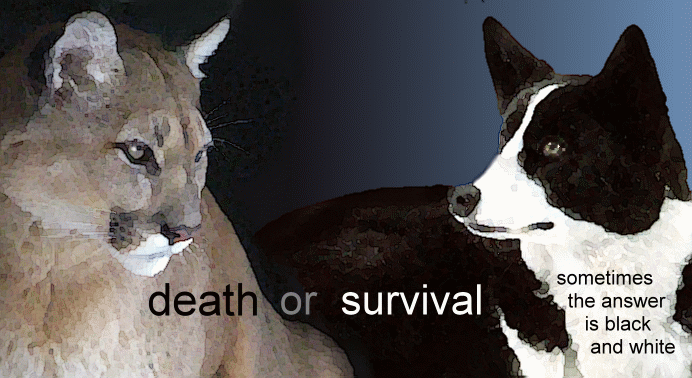
Guest Commentary by Bob McCoy, MLF Volunteer
Field Representative, Sammamish, Washington
The communities of Sammamish and Issaquah lie along what wildlife biologists call the wildland-urban interface – often abbreviated as WUI – as does much of Washington State. The WUI is a line that loosely defines where nature and wildlife meets urban or suburban development. Occasionally, wildlife wanders across the line, gets lost, and attracts attention.
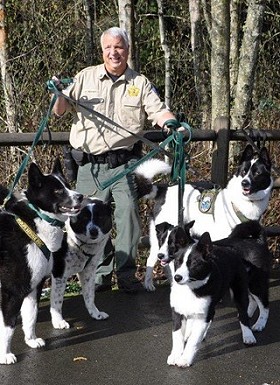
We have all seen articles stating, “Authorities kill wild animal for public safety.” Most of us (statistics are with me on this) ask, “Why didn’t they relocate the animal? Why did they kill it?”
Captain Bill Hebner of the Washington Department of Fish & Wildlife has pondered that same question over the many years he has served in wildlife enforcement. Bill’s current jurisdiction of North Puget Sound consists of King, Snohomish, Skagit, Whatcom, Island, and San Juan counties. Before taking charge of fish and wildlife enforcement in this area, Bill helped to establish WDFW’s Statewide Special Investigation Unit in the mid ’80s and also worked to solve interstate and international wildlife crimes.
In the early ’90s, Bill’s undercover investigation into illegal harvesting and selling of steelhead, salmon, and sturgeon led to the conviction of several dozen fishermen and fish-buying businesses which were breaking the law and endangering these species for a tidy profit.
In 2011, Captain Hebner received Washington State’s Governor’s Award for Leadership in Management:
With the belief that bears and humans can co-exist, Captain Bill Hebner initiated a public education and information campaign. He worked with his staff and local media to successfully explain the problem of feeding wildlife and the value of reconditioning offending animals rather than destroying them.
Governor’s Award for Leadership in Management
Reconditioning is essentially reinforcing a wild animal’s natural fear of humans enough that the animal can recognize the boundaries of human habitation and stay clear of those dangers.
How does one ‘recondition’ a bear or cougar?
Dogs! After seeing the success of a Karelian bear dog used by a department biologist, Captain Hebner studied how the dogs worked in other parts of the world to improve enforcement and public safety situations. He established the program in WDFW’s Enforcement Division, and is largely responsible for advocating and sustaining the Karelian bear dog program in Washington, the first in the United States.
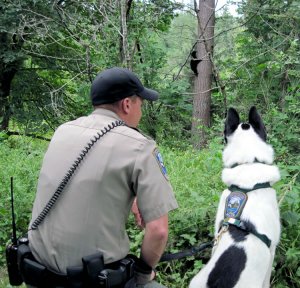
The Wind River Bear Institute breeds and gives early training to the dogs. The Institute then pairs the Karelian Bear Dog with an enforcement officer for life. Officers are screened and matched with the dog that best fits their personal needs. (See sidebar).
A part of the enforcement team, dogs are named, and given the title “KBD” to designate their official role. The first two working bear dogs at WDFW were “KBD Mishka” and “KBD Cash”.
In addition to reconditioning wildlife, the dogs help to nose-out evidence in poaching cases and act as community relations ambassadors to help teach citizens about living alongside wildlife.
Over Labor Day weekend in 2009 a cougar was treed in Seattle’s popular Discovery Park. The lion was tranquilized, captured, and then transported to the Cascade Range, far from the city.
At the point when the cougar was finally freed from the cage, KBD Cash aided in a hard release of the lion, which returned to the Cascades to live a natural life in the wild.
Watch video of a cougar
hard release in Washington.
“Hard release” refers to creating a situation that establishes a definite dislike of humans and dogs at the same time a cougar, bear, or other predator is returned to the wild. After officers sedate or trap an errant animal, the animal usually receives a health check-up and a tag or a tracking collar.
Once the animal is fully awake and aware, officers release it to a cacophony of barking KBDs, shouting humans, firecrackers, and the ignominy of a few stinging pellets as it exits from the scene. Current estimates are that 80% of the bears released by this method avoid people thereafter.
Karelian bear dog programs are “win-win” for people and wildlife. The dogs have helped to find more than a dozen orphan kittens since the program began.
The Karelian Bear Dog program is win-win for people and wildlife. At the point when a cougar or bear is captured, transported and finally freed from its cage, bear dogs assist in a hard release of the lion, which is returned to live a natural life in the wild.
On March 15, 2012, the National Fish and Wildlife Foundation awarded Captain Hebner the National Guy Bradley Award for outstanding lifetime service and achievements in wildlife law enforcement.
A tough law enforcement officer, Bill has also shown that brains often serve better ends than do bullets.
KBD officers use a scientific approach, honing release techniques based on information gathered from earlier releases. The success of the program in Washington is catching the attention of wildlife conservation groups and other states and federal agencies.
When you feel a sense of relief upon hearing that a bear or cougar has been safely returned to the wild, you’ll know that a good measure of such success is due to wildlife officers like Bill Hebner who have questioned lethal methods, and who have worked to develop a better way.



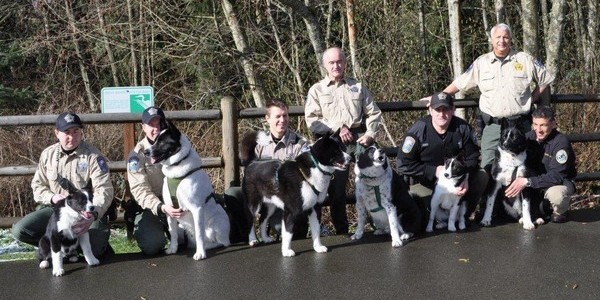

 Facebook
Facebook Twitter
Twitter Send Email
Send Email